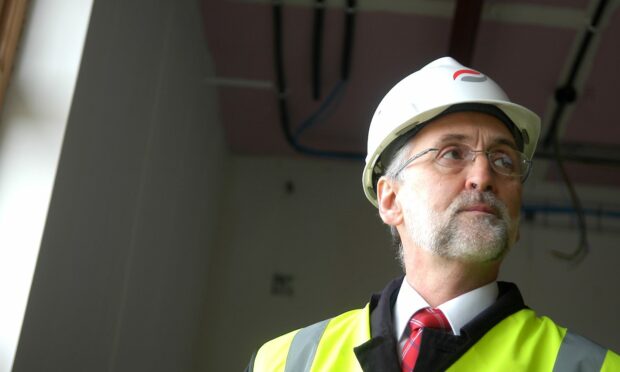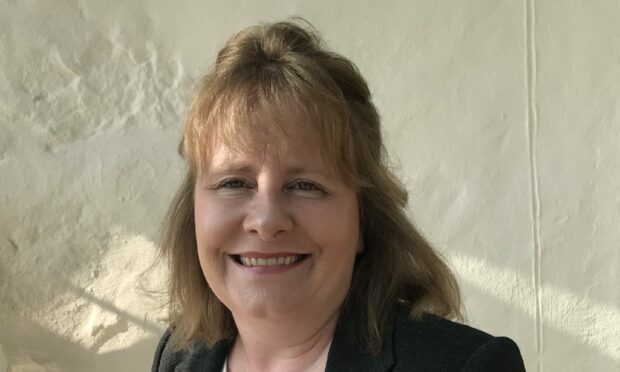The SNP has been urged to finally deliver a “real transformation” in Scotland by stopping vast swathes of land from being owned by a handful of rich buyers.
A group representing more than 100 community landowners says Nicola Sturgeon’s government should cap the amount of land that can be owned by any individual or group.
Ailsa Raeburn, chairwoman of Community Land Scotland, said the move was “critical”.
Her group has proposed an ownership limit in its response to a consultation on land reform.
It follows a similar proposal put forward last month by North East MSP Mercedes Villalba.
Who owns Scotland?
Scotland has one of the most concentrated land ownership patterns in the world.
About 400 owners are estimated to control half of all Scotland’s privately owned land.
Danish fashion retail tycoon Anders Holch Povlsen is the nation’s largest private landowner, having purchased several estates covering more than 220,000 acres.
The Scottish Government is consulting on a new Land Reform Bill, which will be tabled next year.
Land Reform minister Mairi McAllan has said the government is “fully committed” to tackling the adverse effects of scale and concentration of landownership, while “empowering communities in the process”.
What is proposed in the Bill?
Proposed measures include a new “public interest test” that could lead to major land deals being blocked.
There could also be a requirement on owners of large-scale holdings to give prior notice to community bodies of their intention to sell-up.
Ms Raeburn said: “We obviously welcome a lot of the proposals in the consultation, around notifications of sale and the public interest test.
“A lot of those are really around better management, which is to be welcomed.
“But I think the only way that we are really going to see real transformation of ownership, in terms of diversification, is by putting limits on total ownership.
“We would like to know why the government are not looking at it now and seriously considering it.”
The idea was a key proposal of the Land Reform Review Group Report in 2014, and was raised again by former Labour minister Peter Peacock in 2018.
Ms Raeburn believed it would encourage more housing in rural areas, attract more small businesses and pave the way for communities to expand.
“For us it is a really critical thing that has been missed from the consultation,” she said.
“It’s only if we actually crack that real significant problem of monopoly ownership by individuals or businesses that we are actually going to be able to unlock some of this.
“Given we have a depopulation crisis, and a loss of young people crisis, again from a community and society perspective, now is exactly the time to be looking at this, and not kicking it into the long grass for further down the line.”
The response also says the Scottish Government’s proposed definition of what qualifies as “large scale holdings” is set too high at 3,000 hectares, when it should be more like 500 hectares, or 1,200 acres.
It adds that the voluntary expectations in the “Land Rights and Responsibilities Statement” should be made compulsory for large-scale landowners, and any owner receiving public grants.
Progress at risk
Community Land Scotland hailed reforms since devolution, but raised fears that rising prices, driven in part by carbon offsetting by so-called “green lairds”, could undermine those gains.
The group cited progress across rural Scotland inspiring communities to buy shops, pubs, houses and whole estates.
“All of this has been made possible through the legislation introduced by the Scottish Parliament and the associated funding,” the group added.
“All of this progress is however, being put at risk, as values rise, more and more land and buildings are sold off market without communities getting the chance to bid and the suite of community rights to buy become more difficult to use.”
It continued: “The proposed Land Reform Bill is a chance to address some of these challenges and ensure we do not roll back the progress that has already been made.”




Conversation